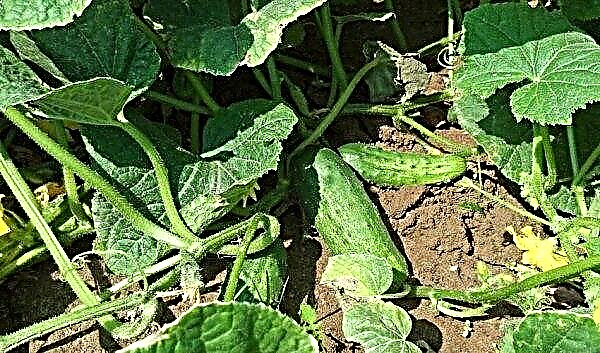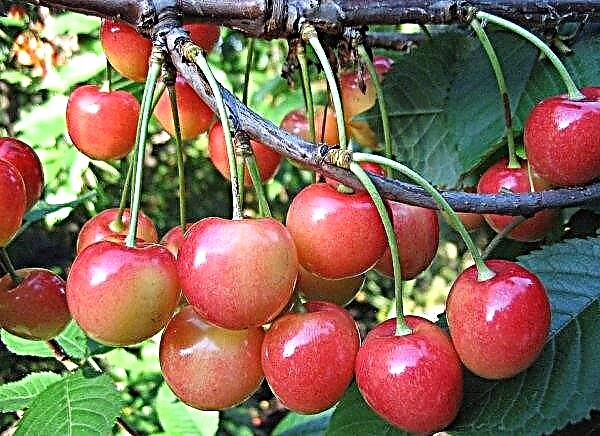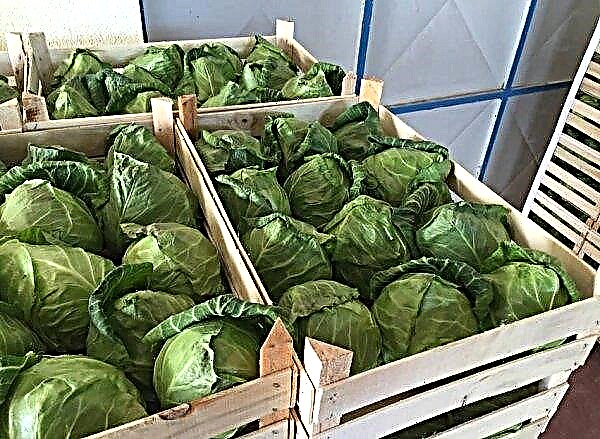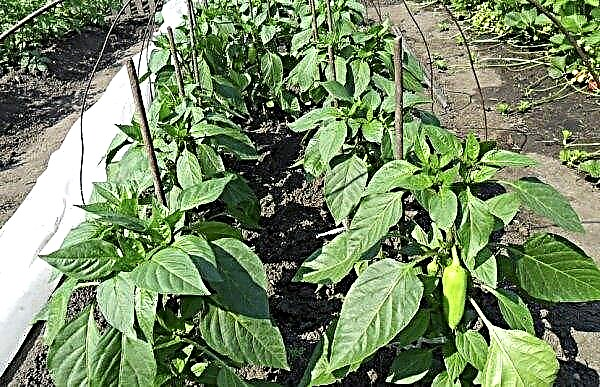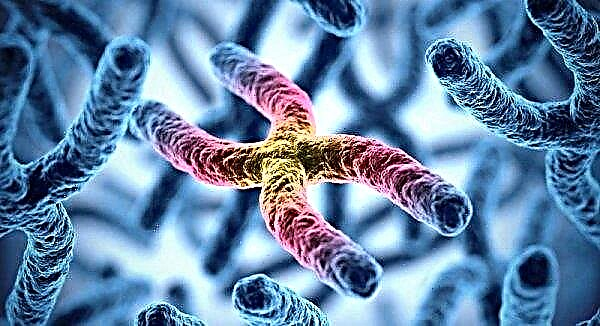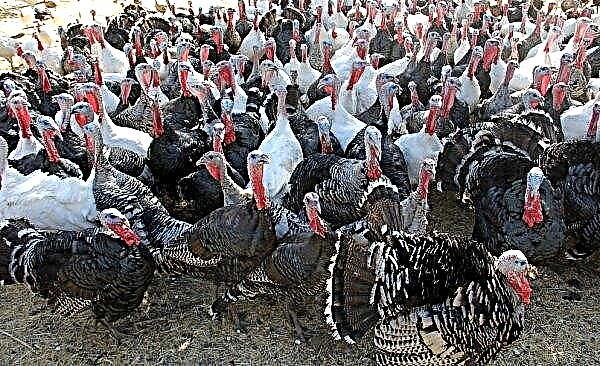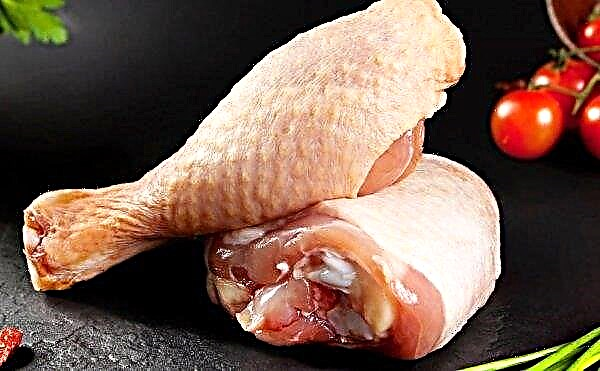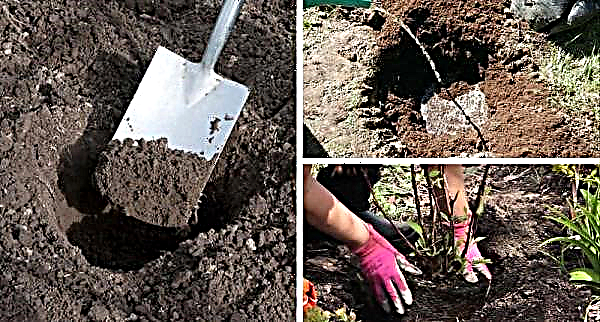Indoor jasmine is a rather picky plant. He may not start or stop flowering if he is not provided with proper care and acceptable growing conditions. Why indoor jasmine does not bloom, and how to eliminate the possible causes of this negative phenomenon - is considered in this article.
How old is jasmine blooming
Depending on the variety, flowering in a plant begins at 2–4 years of age. However, this does not mean that it will fully bloom at this age. Growing conditions may not be suitable enough for jasmine and it will drop its buds. In this case, before the next flowering period, it is necessary to "work on the bugs" and help the plant to show all its beauty.
Did you know? At night, jasmine smells stronger than during the day, because when the air temperature drops, the buds open completely.
Various jasmine varieties bloom at certain times of the year, namely:
- spring - from early spring to the end of summer;
- summer - from June to the first frost;
- winter - from the beginning of the year until mid-spring.

Why jasmine indoor does not bloom
The plant is demanding care, so flowering can be delayed from year to year for a variety of reasons.
The main ones are:
- unsuitable soil;
- diseases and pests;
- bad light;
- improper feeding and fertilizer;
- insufficient watering;
- stagnation of water;
- violation of the temperature regime.
Bad soil
The acidity of the soil has a direct effect on the full development of the plant. Neutral, alkaline and not sufficiently acidic soils will allow the climbing bush to grow and grow green mass, but with the formation of buds, problems can arise. For good flowering, jasmine indoor needs acidic soil. It can be purchased in specialized stores or made independently.
The composition of the suitable soil is as follows:
- turf land - 3 parts;
- sheet land - 1 part;
- sand - 1 part.
The soil mixture is thoroughly mixed, moistened and placed in a pot for drainage. The bush is planted shallowly - to the soil cover of the root neck.
Diseases and Pests
With proper care, a healthy jasmine bush successfully resists all kinds of diseases. But with pests, things are somewhat worse, since they can simply get over from a neighboring plant. The main pests are whiteflies and spider mites. Whitefly larvae are green in color and are located on the underside of the foliage.
Important! Indoor aphids and weevils can be defeated using the infusion of potato tops: 2 kg of stems are infused for 10 days in a boil in 10 liters of water, after which the infusion is filtered and the bushes are sprayed three times with an interval of five days.
They suck out juices and leave sluggish, drying leaves with sugary formations and the subsequent appearance of a group of white midges. You can deal with them by washing parts of the plant with a soapy solution (if there are a small number of larvae).
With a massive lesion, homemade jasmine must be treated with one of the insecticides:
- “Actellik” - a drop per 500 ml of standing water;
- “Agravertin” - 1-2 drops per 0.5 l of water;
- Intavir is a drop on the aforementioned volume of liquid.

The spider mite lives in internodes and leaves white traces of excrement. With small accumulations, a soap solution is effective, and in difficult cases the bush is treated with the same “Actellik”, which is diluted in proportion: 2 drops per liter of water.
Green weevil and housefly can sometimes attack jasmine. In this case, both preventive and treatment after the defeat of the bush by any of the above insecticides help.
Bad light
Under the scorching sun, jasmine will not bloom. Even if buds form, the plant will drop them. Therefore, the "southern" window sills are not suitable for him (although the bushes are light-loving), but direct sunlight is destructive for them. The "northern" window sills are not considered for the opposite reason - there is little light, and in winter it can be too cool. But the eastern and western windows - this is what you need. There is enough diffused sunlight at sunrise or sunset and light on the rest of the daylight hours.
Incorrect feeding
To fertilize the plant is a small amount of organic matter when planting. In the future, only special mixtures or preparations for flowering indoor plants are fed. They are brought in every ten days to the root zone during the growing season.
Excessive use of fertilizers can lead to thickening and uncontrolled growth of green mass, which will negatively affect the ability to bloom. With a suitable acidity of the earth and quality care, the doses of top dressing should be reduced or completely reduced to zero - in the “right” soil the bush can feel comfortable and without outside help.
Wrong watering
Errors during watering can be as follows:
- insufficient moisture;
- too hard water.
The plant loves frequent and plentiful watering, but you need to make sure that it is produced when the top soil layer dries 1 cm in depth (this can be checked with a pointed lath). Water should be soft, settled and room temperature. Too hard tap water should be acidified with a few drops of citric or acetic acid.
Water should be soft, settled and room temperature. Too hard tap water should be acidified with a few drops of citric or acetic acid.
Strong moisture
The stagnation of water in the pot and in the pan below it negatively affects not only the ability of jasmine (like many other domestic plants) to bloom, but can also destroy the bush. Constant excess moisture leads to rotting of the roots, the formation of fungi on them and the gradual death of parts of the plant.
Important! It is not necessary to spray leaves with water, it is better to just moisten the air in the room around the plant.
To prevent this from happening, watering should be plentiful, but it must be done with a certain frequency: in the summer - once every 1-2 days, in the winter - 1-2 times a week. You also need to organize high-quality drainage in a pot. For this, vermiculite or other modern materials for indoor plants are used.
Temperature changes
A large difference in temperature over a short period of time and drafts can even lead to the death of the plant. The normal temperature for indoor jasmine is a range from + 18 ° C to + 25 ° C. In winter, content is welcomed at thermometer readings from + 8 ° C to + 10 ° C - this stimulates the bush to bloom profusely when warming in the spring. It is also worth paying attention to the location under the windowsill of heating batteries - they should not be directly under the pot. It is better to keep the cache-pot away from room heaters, fans and air conditioners. In the warm season, the bush can be taken out to the balcony or to the street, while there should be no drafts and direct sunlight.
It is also worth paying attention to the location under the windowsill of heating batteries - they should not be directly under the pot. It is better to keep the cache-pot away from room heaters, fans and air conditioners. In the warm season, the bush can be taken out to the balcony or to the street, while there should be no drafts and direct sunlight.
Did you know? Jasmine wood has good acoustic properties. In the Middle Ages, flutes were made from the trunk of a bush in France.
Jasmine indoor, with all its choosiness, is very responsive to rational care and maintaining suitable conditions for it. If the plant is in the most comfortable environment for it, it can be made to flourish for a long time to the delight of household members.

